Disclosure: This article contains affiliate links. We may earn a commission from purchases at no extra cost to you, which helps our travel content.
The first time a 400-pound silverback gorilla makes direct eye contact with you, time stops. There's an undeniable intelligence behind those eyes—a sentient awareness that transcends species barriers. Standing in the misty bamboo forests of Rwanda's Volcanoes National Park, surrounded by a family of mountain gorillas going about their daily routines, I experienced a profound connection to our evolutionary cousins that no textbook or documentary could ever convey. This is gorilla trekking in Rwanda: equal parts scientific expedition, conservation effort, and the adventure of a lifetime.
Preparing for the Trek: Science Meets Adventure
As an environmental scientist who's traversed ecosystems from the Amazon to the Arctic, I approached my Rwandan gorilla trek with both academic curiosity and adventurer's excitement. This isn't your typical mountain hike—it's a carefully managed conservation experience requiring substantial preparation.
Physical conditioning is non-negotiable. The trek involves navigating steep, muddy terrain at elevations between 2,500-3,000 meters. Two months before departure, I increased my cardio regimen and added twice-weekly stair climbs with a weighted pack. My trekking poles proved invaluable for stabilizing on slick volcanic soil and reducing strain during the steepest ascents.
Equally important was understanding gorilla behavior. I spent evenings studying gorilla social structures and communication patterns, information that enhanced both my safety and appreciation during the encounter. Rwanda's permit system (currently $1,500 per person) funds critical conservation efforts and limits daily visitors to eight per gorilla family, maintaining a delicate balance between tourism and protection.
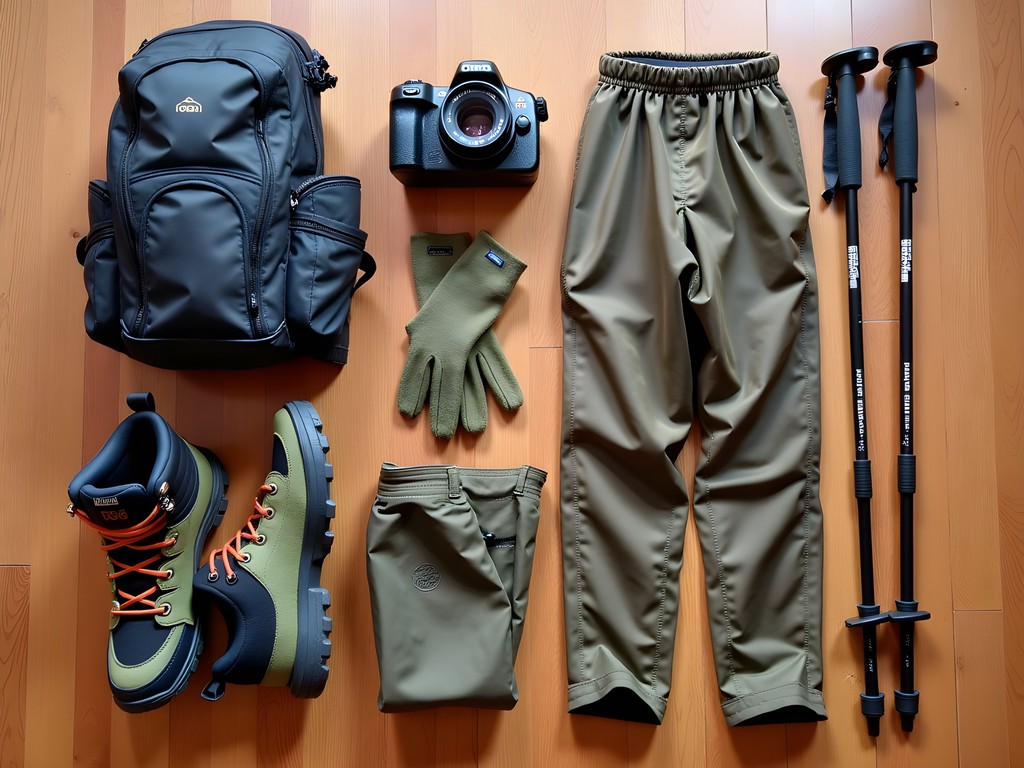
💡 Pro Tips
- Begin altitude acclimation by spending 2-3 days in Kigali before your trek
- Hire a porter ($10-15) to carry your gear—it supports local employment and conserves your energy
- Practice using your camera equipment with gloves on, as you'll need to protect against stinging nettles
The Volcanoes Ecosystem: A Living Laboratory
Volcanoes National Park represents one of Earth's most fascinating ecological case studies. Spanning 160 km² across the Virunga Mountains, the park encompasses five dormant volcanoes and hosts distinct vegetation zones that shift with elevation—from bamboo forests to Hagenia woodlands to alpine regions.
As we ascended through these zones, our guide Olivier (a former poacher turned conservationist with 15 years of tracking experience) explained how each microclimate supports different elements of the gorillas' diet and behavior. The bamboo zone, particularly vibrant during summer months, provides crucial nutritional resources during seasonal bamboo shoots.
I documented soil samples at various elevations using my field microscope, revealing fascinating differences in microbial activity that support the park's biodiversity. This pocket-sized tool has become indispensable in my field research, allowing real-time analysis without disturbing the environment.
The park's ecosystem faces multiple threats: habitat loss from agricultural expansion, climate change altering vegetation patterns, and political instability in the broader region. Yet Rwanda's community-based conservation model—sharing tourism revenue with surrounding villages—has created remarkable success, with mountain gorilla populations increasing from 480 to over 1,000 in recent decades.
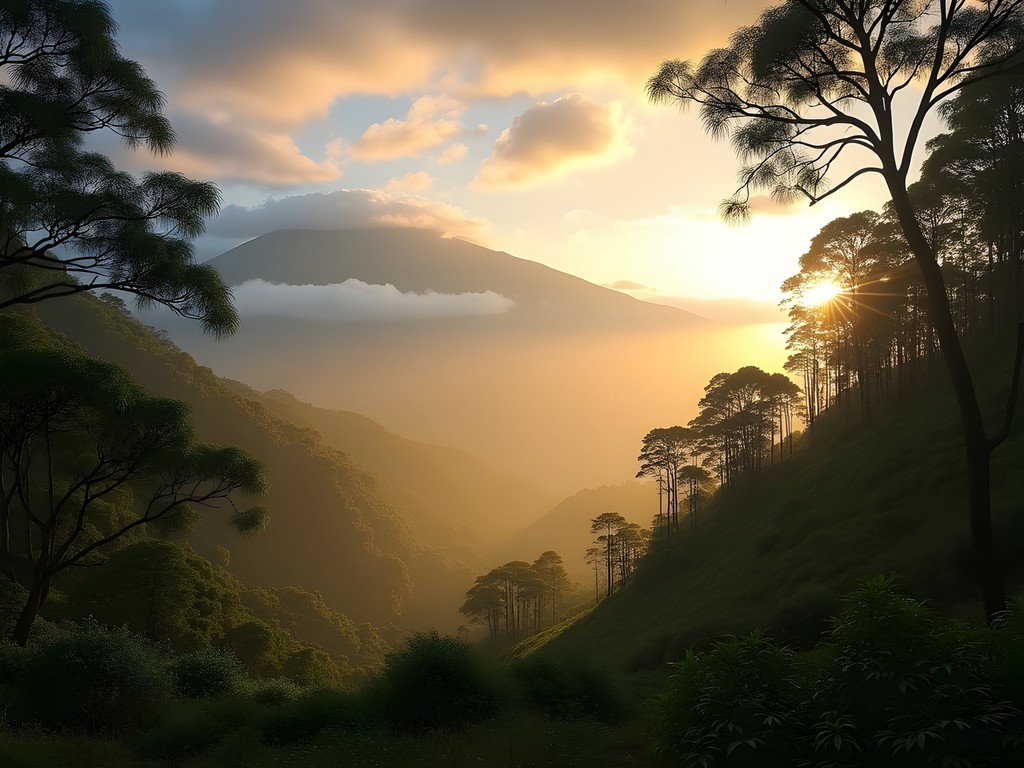
💡 Pro Tips
- Download iNaturalist app before your trek to identify and log plant species along the trail
- Pack a reusable water filtration system to avoid single-use plastic bottles
- Bring a small notebook for field observations—electronics may fail in the humid conditions
Face to Face with Giants: The Gorilla Encounter
After three hours of trekking through dense vegetation, our trackers' radio crackled with coordinates. The Agashya group—17 individuals including two silverbacks—was feeding nearby. My heart raced as we donned our N95 masks (required to protect gorillas from human respiratory illnesses) and prepared for the strictly-enforced one-hour encounter.
The first sighting came suddenly: a juvenile female casually stripping bamboo shoots about 15 meters away. She acknowledged our presence with brief eye contact before resuming her meal. Within minutes, we were surrounded by the family group, including females with infants clinging to their backs and adolescents playfully tumbling down slopes.
The dominant silverback, estimated at 35 years old, commanded attention without aggression. He positioned himself strategically between our group and his family, occasionally chest-beating when younger males tested boundaries. These displays—more communication than threat—demonstrated the complex social dynamics I'd studied but never witnessed firsthand.
Photography presented unique challenges in the dappled forest light. My lens rain cover proved essential when afternoon rain began, protecting my equipment while allowing continued shooting. For fellow photographers, I recommend prioritizing a fast lens over extreme zoom—the 70-200mm range is ideal for balancing proximity restrictions with image quality.
The most profound moments were the quietest: observing a mother methodically teaching her infant which plants to eat, documenting tool use as a juvenile used a stick to extract ants, noting behavioral adaptations to human presence that revealed generations of habitation.
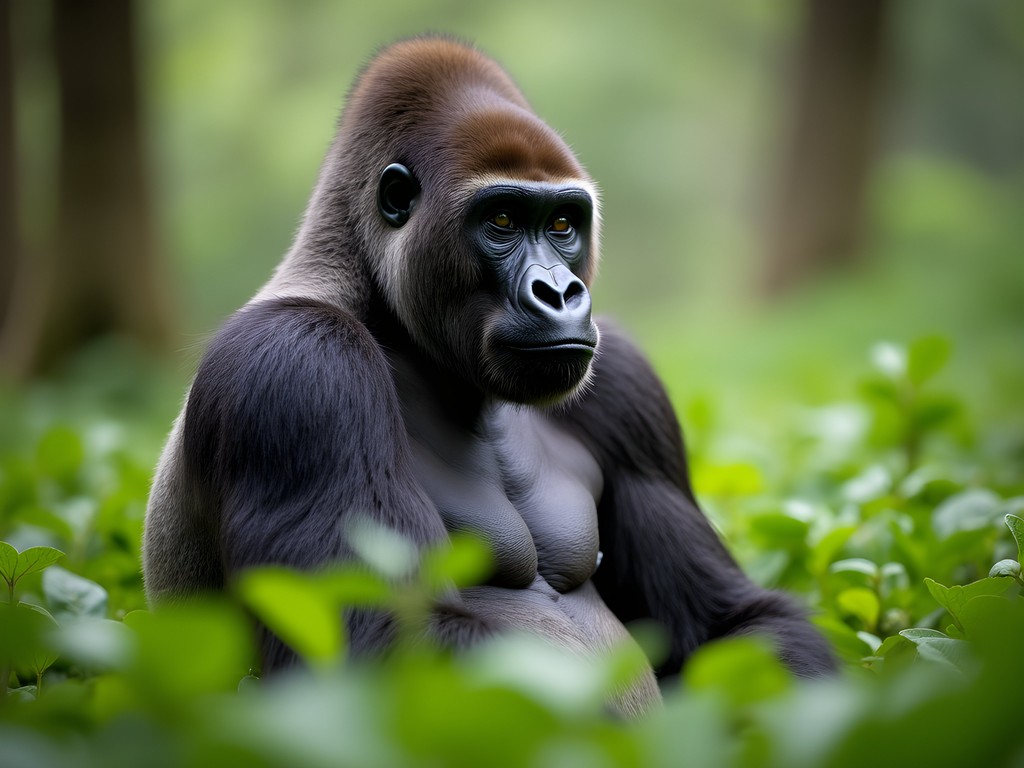
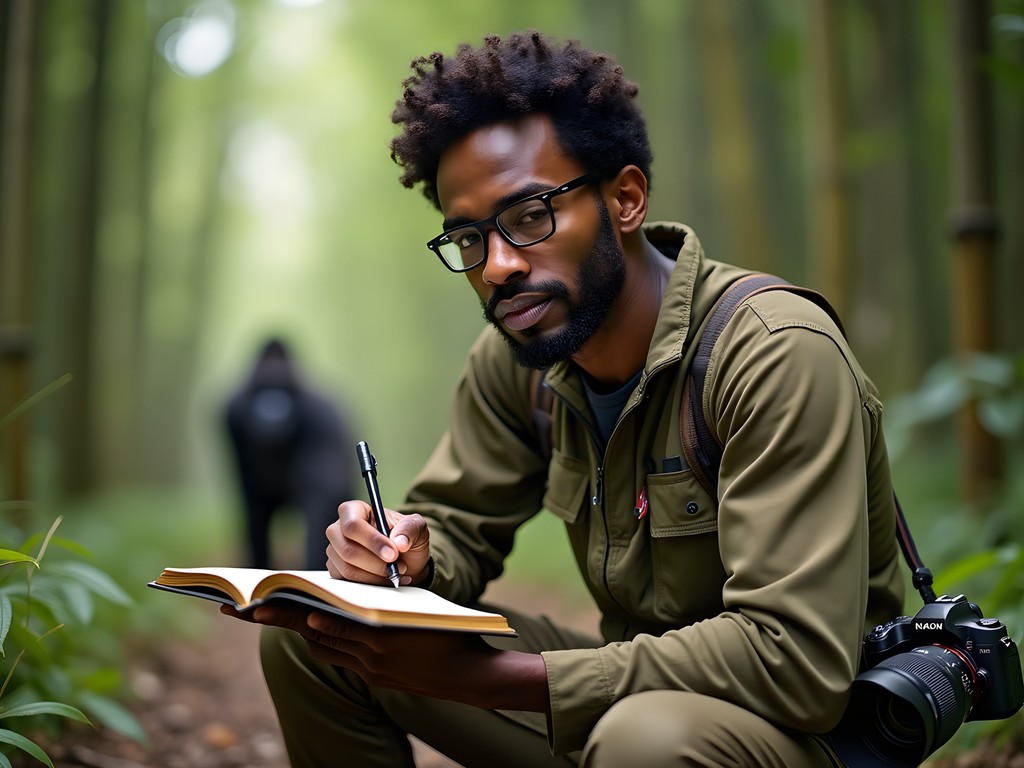
💡 Pro Tips
- Maintain 7 meters distance from gorillas at all times—guides are strict about this conservation protocol
- Turn off camera flash and sounds before the encounter begins
- If a gorilla approaches you, crouch down, avoid eye contact, and follow your guide's instructions precisely
The Conservation Imperative: Science in Action
Rwanda's gorilla conservation success represents one of the most compelling case studies in modern environmental management. My professional background in environmental science gave me unique appreciation for the integrated approach: anti-poaching units using thermal imaging monoculars for nighttime surveillance, veterinary teams monitoring population health, and community education programs creating economic alternatives to forest exploitation.
During my stay at the ultra-luxury Bisate Lodge, I participated in their reforestation initiative, planting endemic tree species on formerly agricultural land now serving as a buffer zone. This hands-on conservation experience complemented the gorilla trek perfectly—witnessing both the flagship species and the ecosystem restoration supporting their survival.
The most encouraging aspect was seeing local ownership of conservation efforts. Revenue sharing mandates that communities surrounding the park receive 10% of permit fees, funding schools, water systems, and sustainable agriculture training. This creates direct economic incentives for protection rather than exploitation.
My conversations with former poachers now employed as trackers revealed the profound shift in local attitudes over two decades. As one tracker explained, 'We once saw gorillas as meat or trophies to sell. Now we understand they are worth infinitely more alive—they are our heritage and our future.'
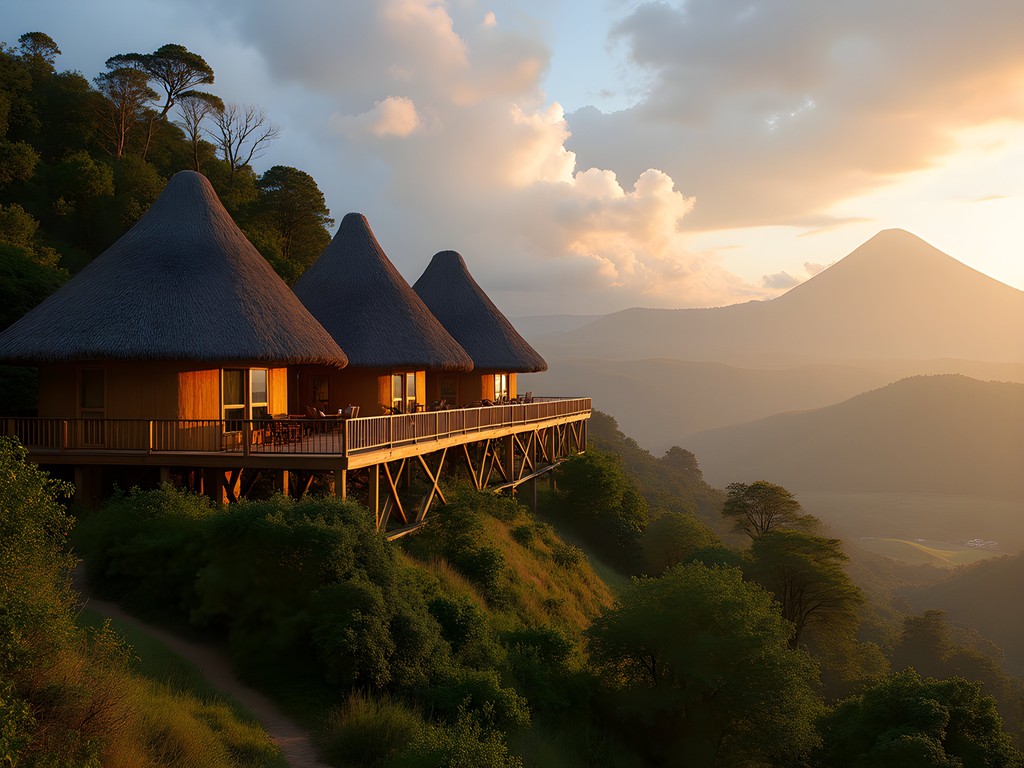
💡 Pro Tips
- Bring $10-20 in small bills for tipping conservation rangers and trackers
- Consider adding a community visit to your itinerary to understand the human context of conservation
- Pack biodegradable wet wipes for cleaning field equipment without introducing chemicals
Final Thoughts
As I descended from the volcanic slopes on my final day, muscles aching but spirit soaring, I reflected on the multidimensional significance of Rwanda's gorilla conservation model. Beyond the undeniable adventure tourism appeal, these mountains represent a living laboratory where science, conservation ethics, and sustainable development converge.
For the environmental scientist in me, documenting physiological adaptations and behavioral patterns among these great apes provided valuable comparative data points. For the photographer, capturing intimate family interactions yielded images that tell powerful conservation stories. And for the traveler seeking transformative experiences, few moments rival locking eyes with a creature so genetically similar yet evolutionarily distinct.
The $1,500 permit fee initially seems steep, but understanding its role in funding a conservation success story reframes it as an investment rather than an expense. Mountain gorillas—once predicted to be extinct by 2000—now represent one of the few large mammal species whose numbers are actually increasing.
If you're considering this journey, prepare thoroughly, trek mindfully, and allow yourself to be changed by the experience. The mountains of Rwanda offer more than adventure; they offer perspective on our place within Earth's intricate web of life—and our responsibility to preserve it.
✨ Key Takeaways
- Rwanda's gorilla conservation represents a rare environmental success story where a species has been brought back from the brink of extinction
- Physical preparation is essential—altitude, terrain, and weather create challenging conditions requiring good fitness
- The experience transcends tourism, offering profound insights into primate behavior and evolutionary connections
- Conservation fees directly support both wildlife protection and community development, creating a sustainable model
📋 Practical Information
Best Time to Visit
June-September (dry season) or December-February
Budget Estimate
$5,000-10,000 for a week including $1,500 gorilla permit, luxury accommodation, and transportation
Recommended Duration
7 days (2 days Kigali, 4-5 days Volcanoes region)
Difficulty Level
Challenging

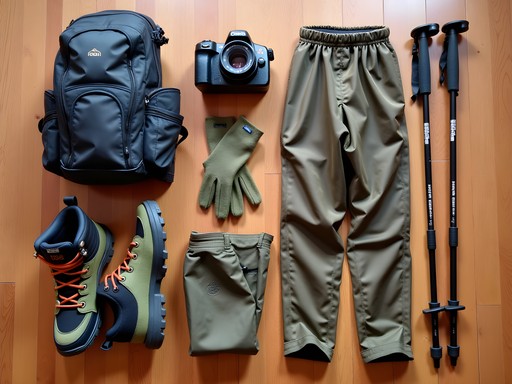
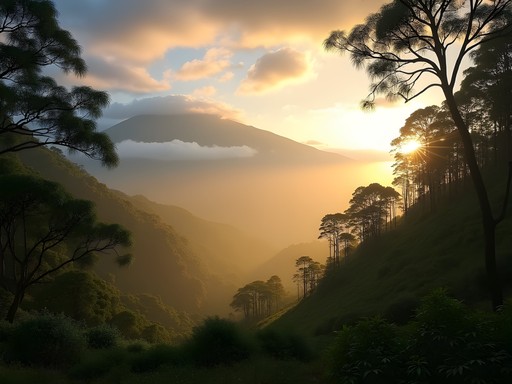
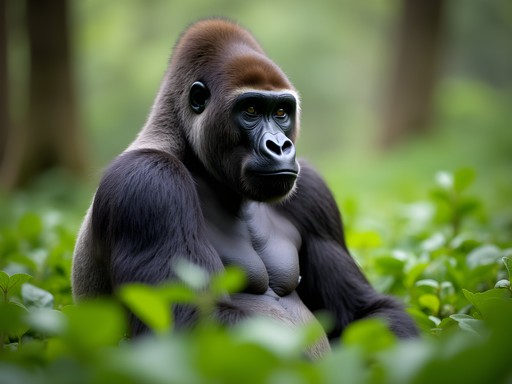
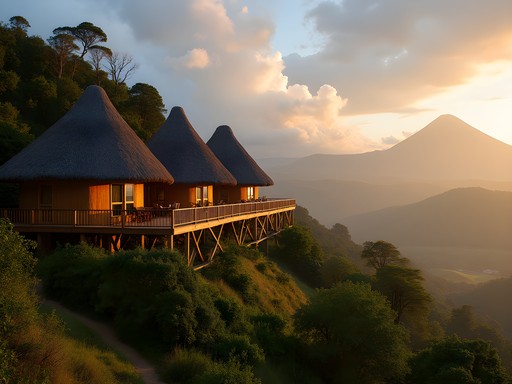


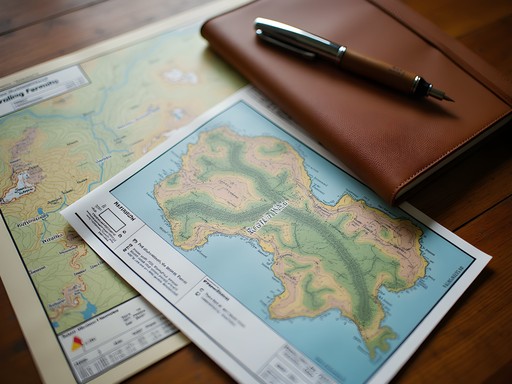

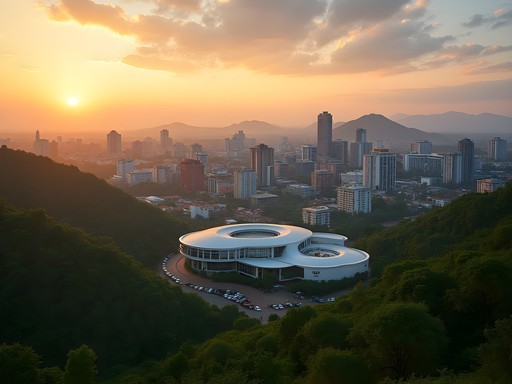
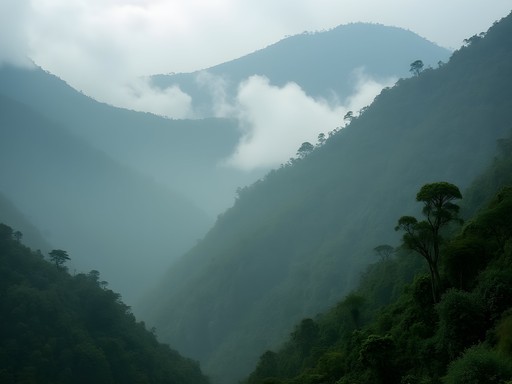
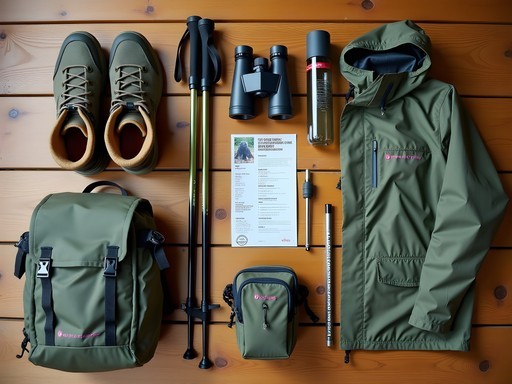



Comments
WanderingWillow
Your conservation section really hit home. So important!
skyperson
How physically demanding was the trek? I'm planning to go next year but I'm not super fit...
MountainTrekker
Not Alex, but I did this trek last month! They assign you to gorilla families based on your fitness level. Some are only an hour's hike, others can be 3-4 hours each way. Just be honest about your abilities when you book!
skyperson
That's good to know! Definitely putting this on my 2026 bucket list.
EcoTraveler92
Those eyes... gives me chills just thinking about it. Amazing post!
George Hayes
Alex, your description of that first eye contact with a silverback took me right back to my own experience in Volcanoes National Park last year! That connection is impossible to put into words, but you've come pretty close. My kids (11 and 13) were speechless for probably the first time in their lives. The conservation story in Rwanda is truly remarkable - I still tell people how the guides explained that each gorilla trek permit funds both protection and community development. Did you stay at any of the lodges near the park entrance? We splurged on Sabyinyo Silverback Lodge and it was worth every penny after those long hiking days.
skyperson
Did your kids manage the hike ok? Planning to take my 12-year-old next summer but worried about the difficulty level.
George Hayes
They did great! The guides are amazing at adjusting the pace. Just make sure they have proper hiking boots with ankle support - those volcanic slopes are no joke. My daughter used trekking poles which helped a lot on the steeper sections. The rangers also assign you to gorilla families based partly on your fitness level if you mention having kids.
skyperson
Thanks! That's super helpful. Will definitely mention that when booking.
Haley Hamilton
Reading this took me right back to my own trek last spring! I still get goosebumps thinking about it. Our family group had a curious juvenile who kept trying to get closer until mama gave him a gentle but firm nudge away. The guides were so knowledgeable - our lead guide had been working with gorillas for 22 years and could identify each individual just by their 'nose print' (like our fingerprints). One thing that surprised me was how VOCAL they are - all those chest beats, grunts, and food-contentment sounds! For anyone planning this trip, I'd recommend waterproof everything - it rained suddenly during our trek and I was so grateful for my waterproof pants and backpack cover. And don't forget good gloves for grabbing onto vegetation during steep sections!
freestar
Did you feel safe the whole time? I'm a bit nervous about being so close to wild gorillas!
Haley Hamilton
Absolutely! The guides are incredibly experienced and read gorilla body language perfectly. They'll position you at safe distances and tell you exactly what to do if a gorilla approaches (which is basically stay still and look down). The gorillas are habituated to human presence, so while they're definitely wild, they're not threatened by us. It feels thrilling but never dangerous!
Kimberly Murphy
Alex, your piece beautifully captures the emotional weight of these encounters! I trekked in both Rwanda and Uganda last year for my blog comparison, and Rwanda's conservation model is truly exceptional. For anyone planning this journey - the higher permit cost in Rwanda directly funds community projects and anti-poaching efforts. The trek is steep in places but the trackers cut paths with machetes as you go! Pro tip: hire a porter even if you think you don't need one (only $10-15) - it provides crucial employment and they're lifesavers on muddy slopes. Also worth spending a few days in Kigali before/after to understand Rwanda's remarkable transformation. The genocide memorial provides essential context for appreciating how far conservation efforts have come.
Alex Ellis
Thanks Kimberly! Great point about the porters - they're incredible and it's a meaningful way to support the local economy. I completely agree about spending time in Kigali too - the context it provides is invaluable.
journeywanderer
Those gorilla photos are incredible! Bucket list trip for sure!
beachlife
Did this trek last year and it was life-changing. Worth noting that the permits are expensive ($1500 when we went) but every penny supports conservation. We stayed at a community lodge near the park entrance which was more affordable than the luxury options and gave money back to local people. The hour with the gorillas goes by in a flash - our guide was exceptional at helping us get amazing photos while keeping a respectful distance. I used my camera backpack which was perfect for protecting gear on the muddy trek while keeping hands free for climbing.
journeywanderer
Which community lodge did you stay at? Looking into options now!
beachlife
We stayed at Muhabura Lodge - basic but clean rooms, great food and wonderful staff. About 15 min drive from the park headquarters.
freestar
WOW! That eye contact moment you described with the silverback gave me chills! What an incredible experience!
coffeephotographer
This looks incredible! How physically demanding was the trek? I've been considering this but I'm not exactly in peak hiking shape...
Alex Ellis
It's definitely challenging but not extreme! The guides are great at matching groups to gorilla families based on hiking ability. I'd recommend building up some stamina with hill walks before going, but they accommodate various fitness levels.
coffeephotographer
That's reassuring, thanks! Time to start some weekend hikes to prepare!
Venture X
Premium card with 2X miles, $300 travel credit, Priority Pass